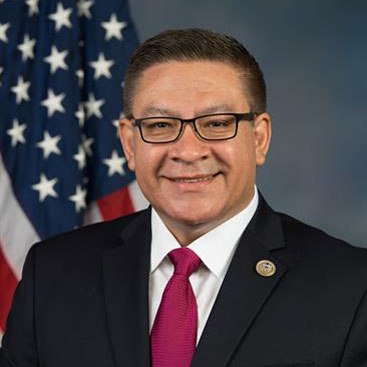Carbon Pricing Bills in Congress
Congress came close to pricing carbon in 2022. Support is building again.
The following carbon pricing bills have been introduced in Congress in recent years.
Additional carbon pricing bills introduced in the current and previous Congress (2019-2021)
America’s Clean Future Fund Act
Sen. Durbin (D-IL)
Includes an economy-wide carbon price with 75% of revenue returned to households as dividends and the rest invested in clean energy and transition assistance.
Save Our Future Act
Sens. Whitehouse (D-RI) and Schatz (D-HI)
Pairs a carbon price with a price on air pollutants. The money from the fee goes as direct payments to Americans, investments in frontline and fossil fuel communities, and block grants to states.
Climate Action Rebate Act
Sens. Coons (D-DE) and Feinstein (D-CA)
A carbon price with a high price trajectory, with 70% of revenue returned to households as dividends and the remainder invested in infrastructure, research and development, and transition assistance.
MARKET CHOICE Act
Reps. Fitzpatrick (R-PA-01), Peters (D-CA-52), and Carbajal (D-CA-24)
An infrastructure bill including funding from a modest carbon price.
Congress knows that a price on carbon is a powerful tool to drive down our carbon pollution.
Even with the historic climate provisions included in the Inflation Reduction Act, Congress must pass more climate legislation in order to ensure a healthy climate. The U.S. has set a goal to reduce carbon pollution by 50% by 2030. We’re currently on track to hit 28%. To close the gap, Congress must consider policies that will work fast, be effective, and will help Americans transition to an economy powered by clean energy.


